Vltava Embankments
The Vltava stretches along the entire Prague and dozens of kilometers beyond its area. Therefore, the embankments run through the entire city and reach 30 km in total.
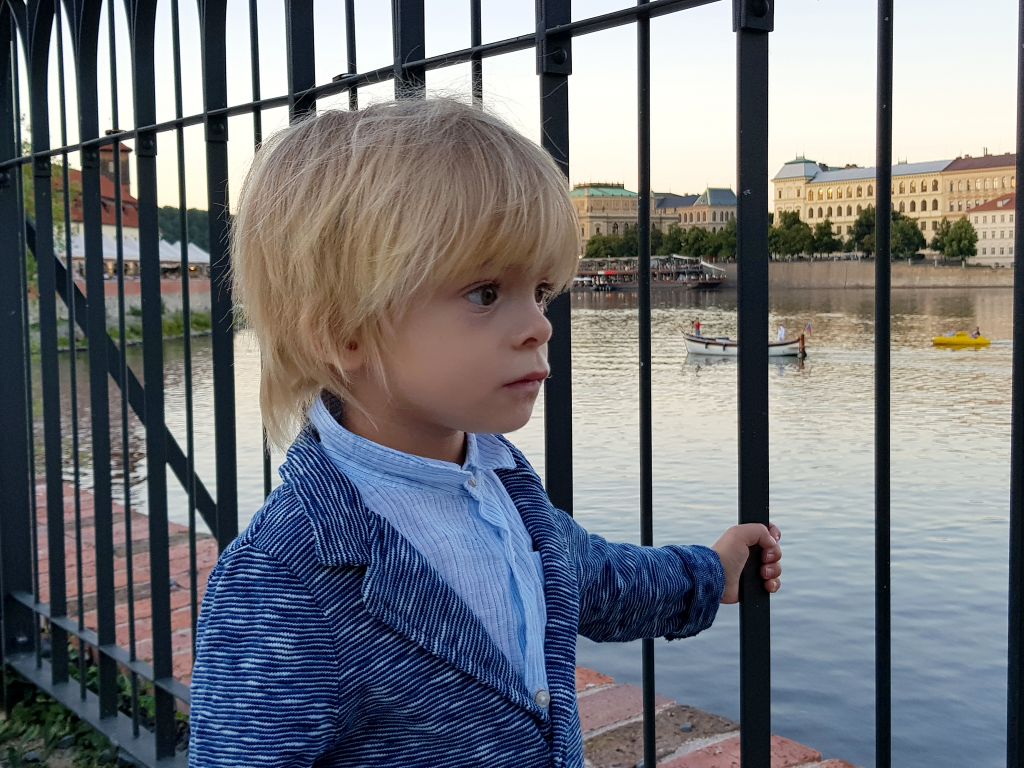
They attract not only tourists but also local people, especially in the center. Here, they can take their minds off the endless bustle of the city, enjoy the wonderful view of the river and breathe the fresh air.
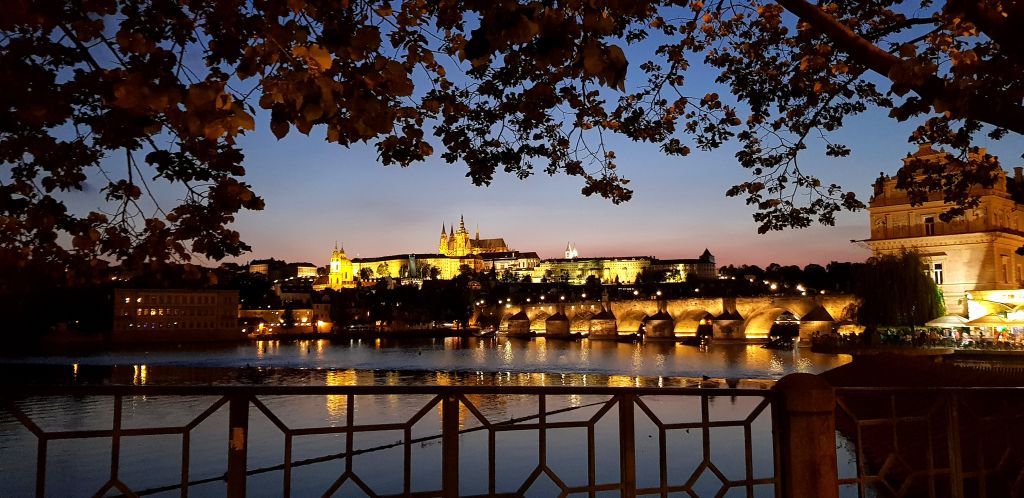
Along the embankments, there are also floating restaurants and seaside cafés. People also hold festivals and celebrations in this place.
Zoo
Prague Zoological Garden, or Zoo Praha, is the largest zoo in the Czech Republic. It is also considered one of the best zoos in the world. It was founded in 1931 and is a bit distant from the center.
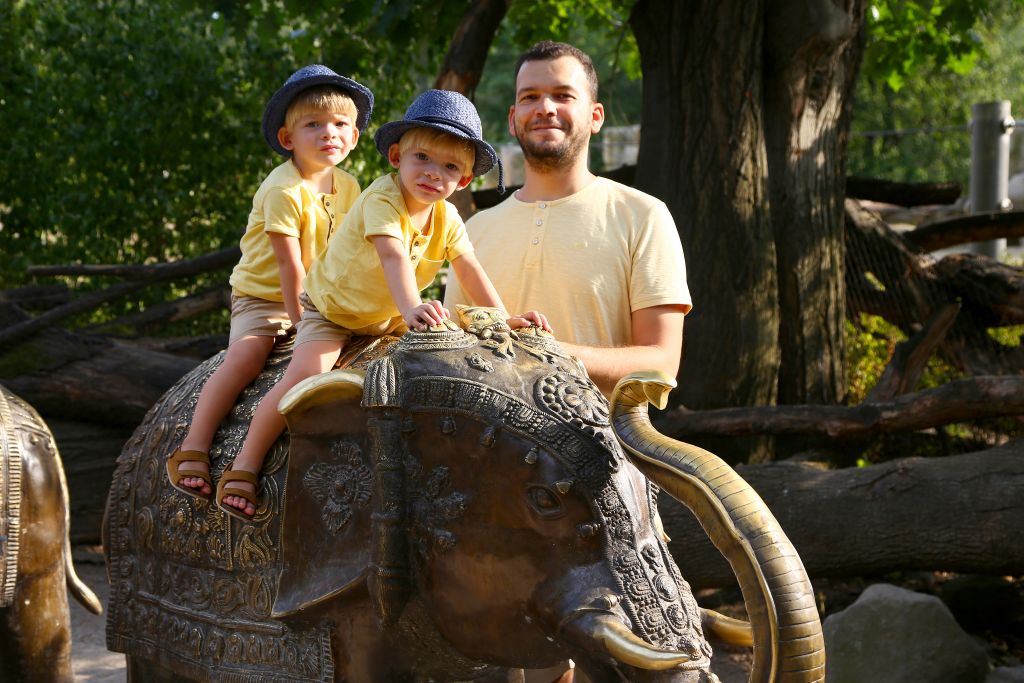
The zoo here is quite large. It is located on a huge hill and occupies almost its entire area – as much as 60 hectares! It took us about three hours to get our boys to meet all its inhabitants.
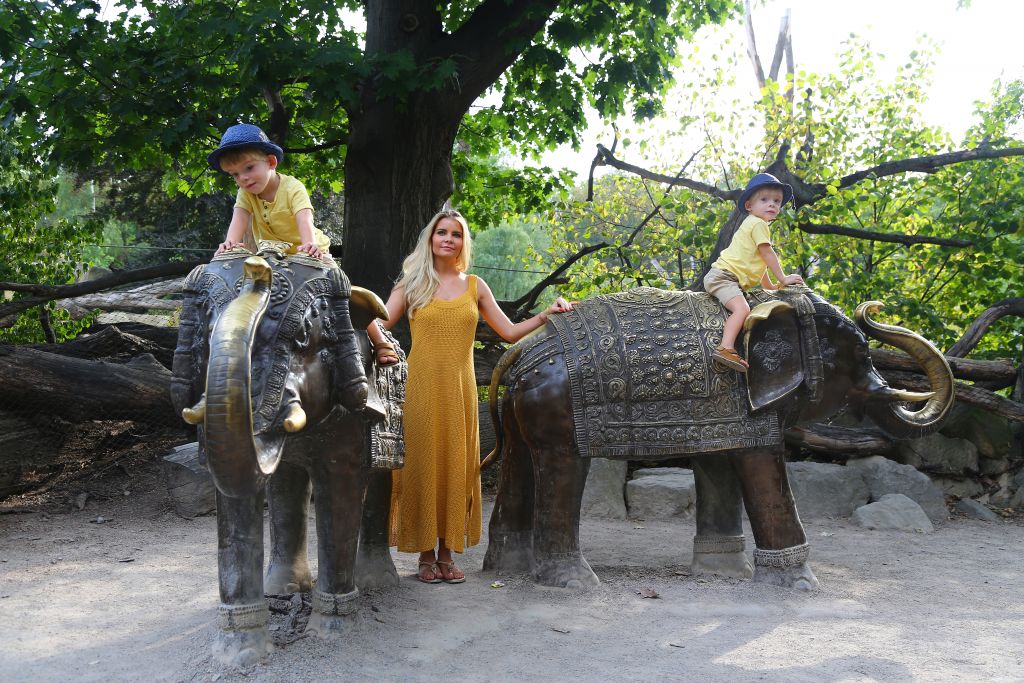
Today, the zoo has more than 5,000 animals and almost 700 different species. The boys were truly excited to see so many animals in one place. Many representatives of this “garden” came to us, and we were happy to take photos with them.
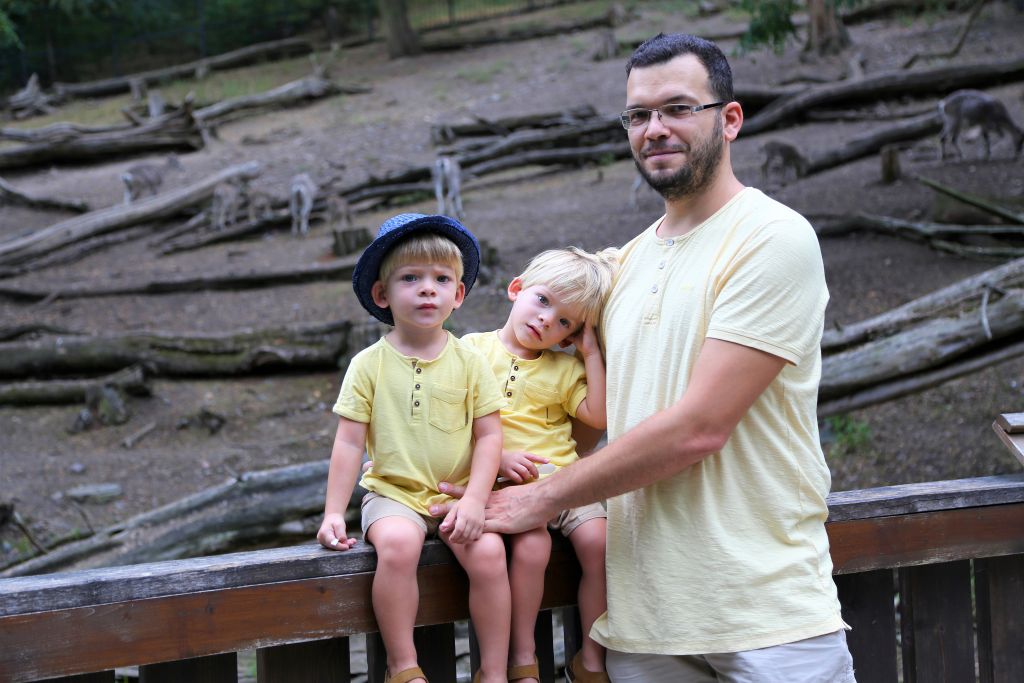
The zoo is divided into 12 pavilions – 12 separate habitats. Thus, huge hippopotami live in the Hippopotamus Pavilion, and in the Salamander House, we met a lot of different lizards.
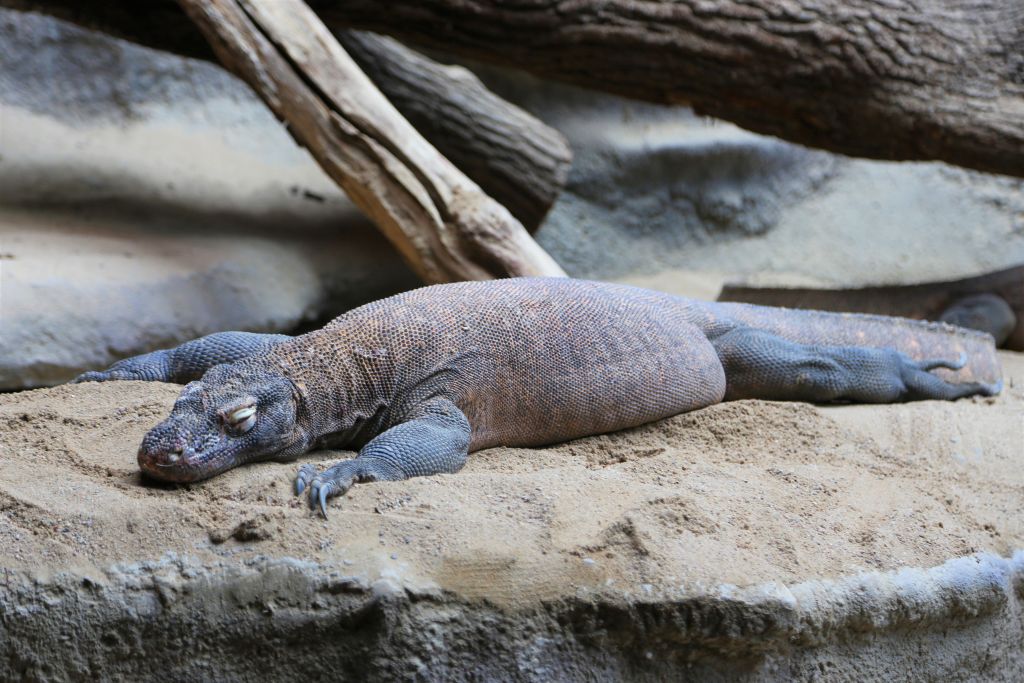
The Indonesian Jungle Pavilion was of particular delight. It is a two-story glazed structure with various tropical inhabitants.
The employees have recreated the authentic tropic environment quite naturally. The entire area has a lot of jungle plants, monkeys and marmosets jumped over the tree branches, birds and bats flew over our heads, and the speakers thundered waterfall sounds. At the same time, there are no fences in this part, so we could interact with animals personally.
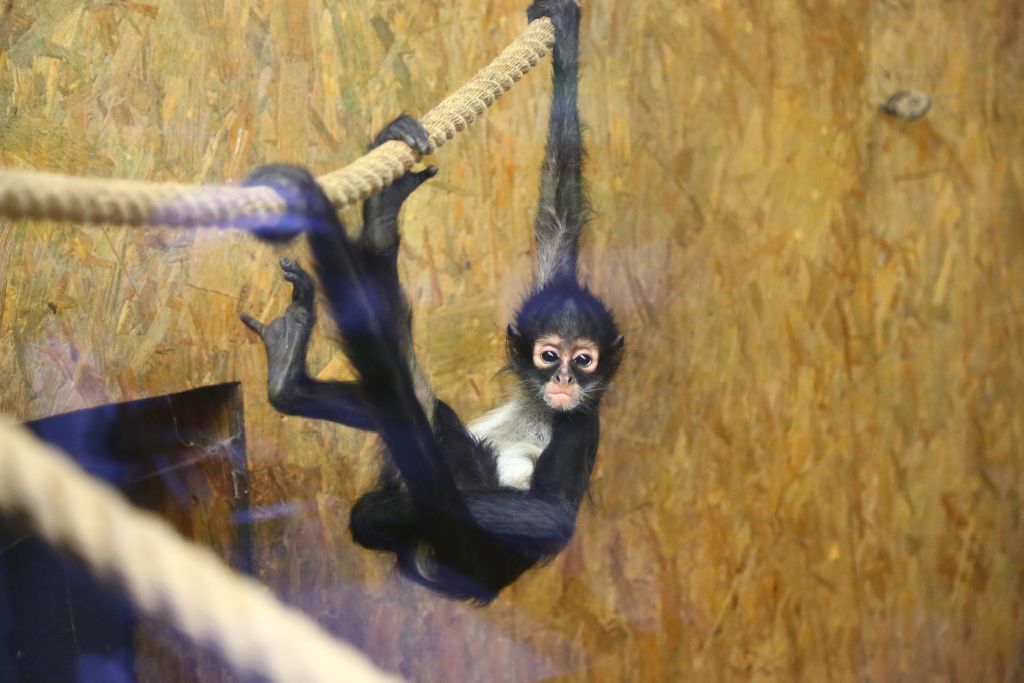
The area with rocks that was inhabited by wild goats was also curious. We have long watched how the goats deftly jumped from one place to another, kept the necessary balance and didn’t fall down!
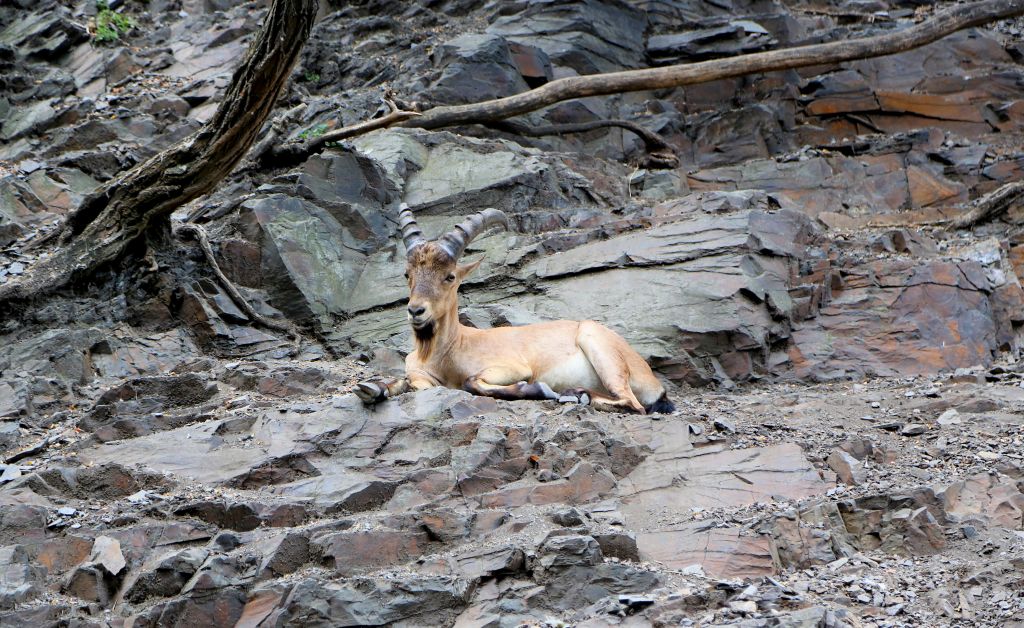
Zoo Praha strives to defy the stereotype that zoo animals live in captivity and feel unhappy. Many of them live not in roomless cages but in huge enclosures: they can run, play and lead a lifestyle that is natural for them.
Moreover, the mission of the zoo is to conserve endangered species. Thus, 144 of the species living here are critically endangered. These are such species as giant tortoise, gavial, flamingo, Przewalski’s horse and others.
The Statue of Franz Kafka
Of course, the large cultural center of Prague is full of different monuments to outstanding historical characters.
Walking along the streets, we saw one of the most controversial monuments, the Statue of Franz Kafka. It was erected in 2003 by Jaroslav Róna, a Czech sculptor. A sculpture concept is a man sitting on a huge empty suit and pointing the way.
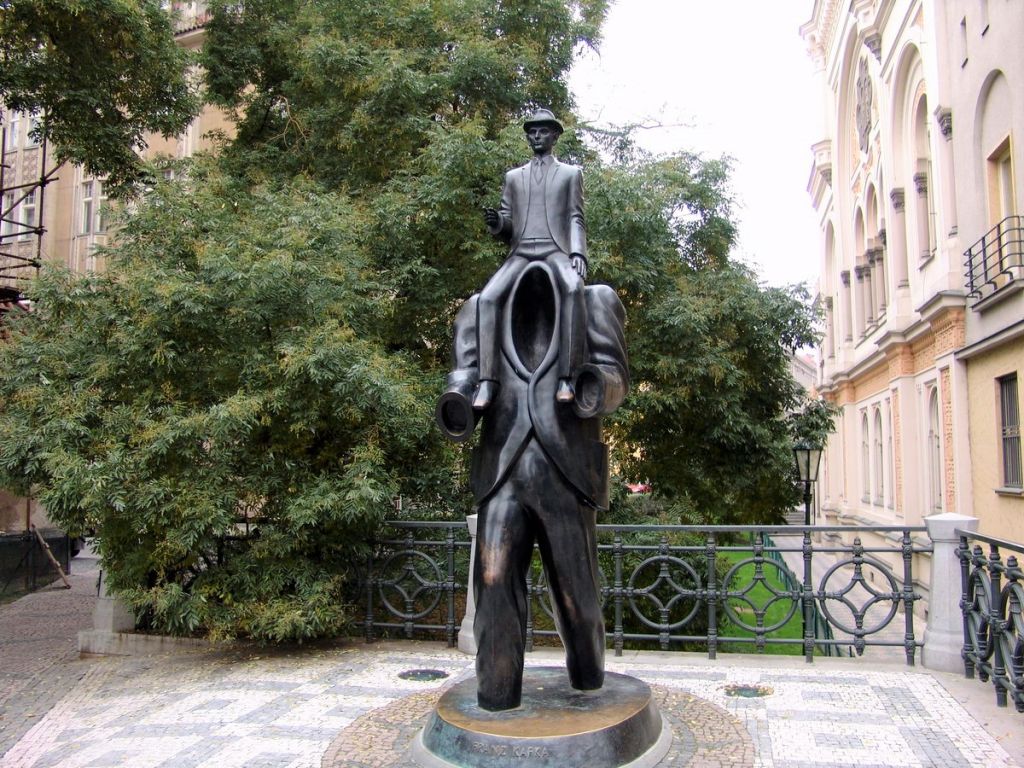
The author’s idea is still unknown to this day. Some people believe that the man on the suit is Kafka himself – always a wanderer, a pilgrim in his own life. Others think that it is the character of his novel called “Description of a Struggle”.
Multiple interpretations are exactly what describes the style of Kafka, whose stories absorbed readers’ minds but never offered plain answers to their questions.
The Head of Franz Kafka
At some distance from the previous sculpture, there is another Kafka monument.
The giant head of the writer drew our attention already from afar.
The installation is located next to a large shopping mall and looks very unusual: 42 mirror discs rotate in different directions and transform into the head of the writer from time to time.
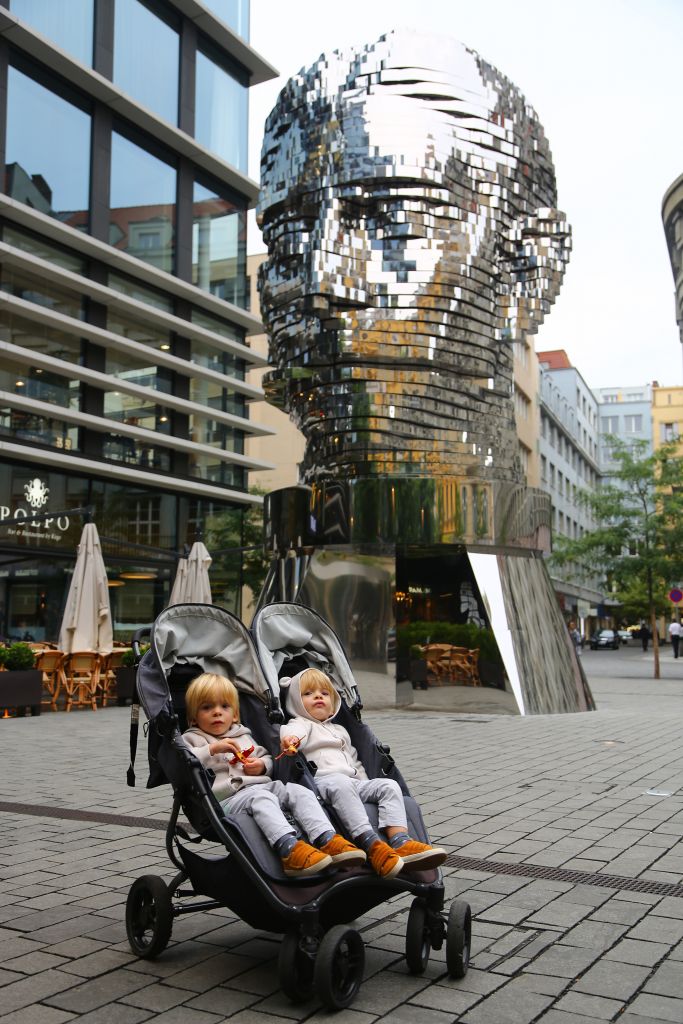
The Memorial to the Victims of Communism
On the opposite river bank, there is another Prague star, the Memorial to the Victims of Communism.
After World War II, Czechoslovakia was under a communist regime, that was based on coercion and repression. It not only caused people’s lives to be ruined but also killed hundreds of people at the time. Communism in the Czech Republic collapsed in 1989, and 13 years later, a memorial to those who suffered from it over the decades was installed.
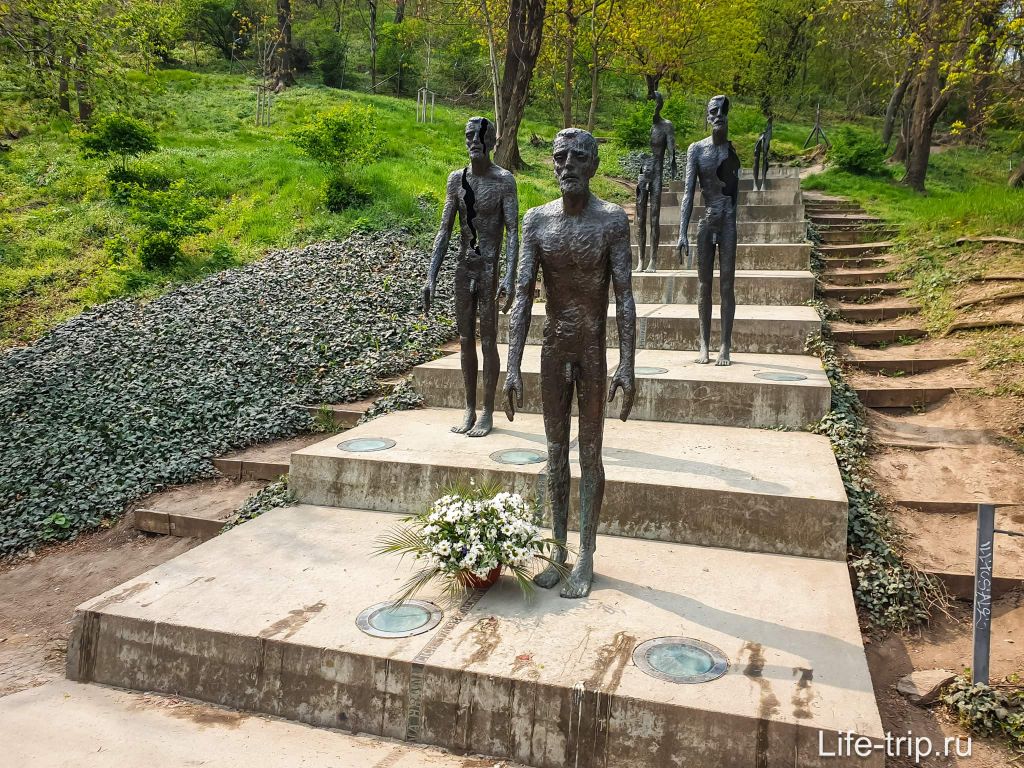
The installation is located on the stairs leading to the top of Petřín hill. The monument represents human statues on each of the steps.
With distance from the viewer, the statues become less and less complete: some of them lack body parts while others are fractured. These defects are how the author metaphorically depicted the destruction and suffering of people living under coerced communism.
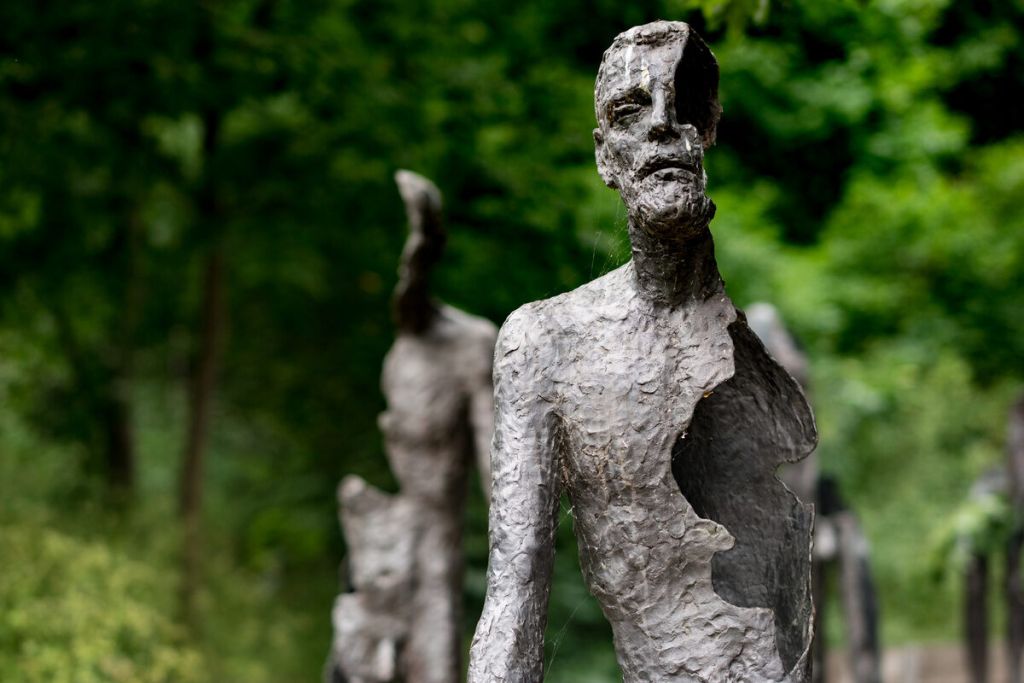
The Metronome
The Prague Metronome is a huge installation with a height of 24 meters. Its idea is that the metronome symbolizes the rapidity of our lives, which, despite the ups and downs, runs its course.
Curiously, the site of its installation has been lying waste for almost 30 years. Previously, there was a sprawling monument to Stalin, but it had to be dismantled 7 years after its installation. Only in 1991, the authorities decided to erect a high metronome here which is today one of the most visited locations in Prague.
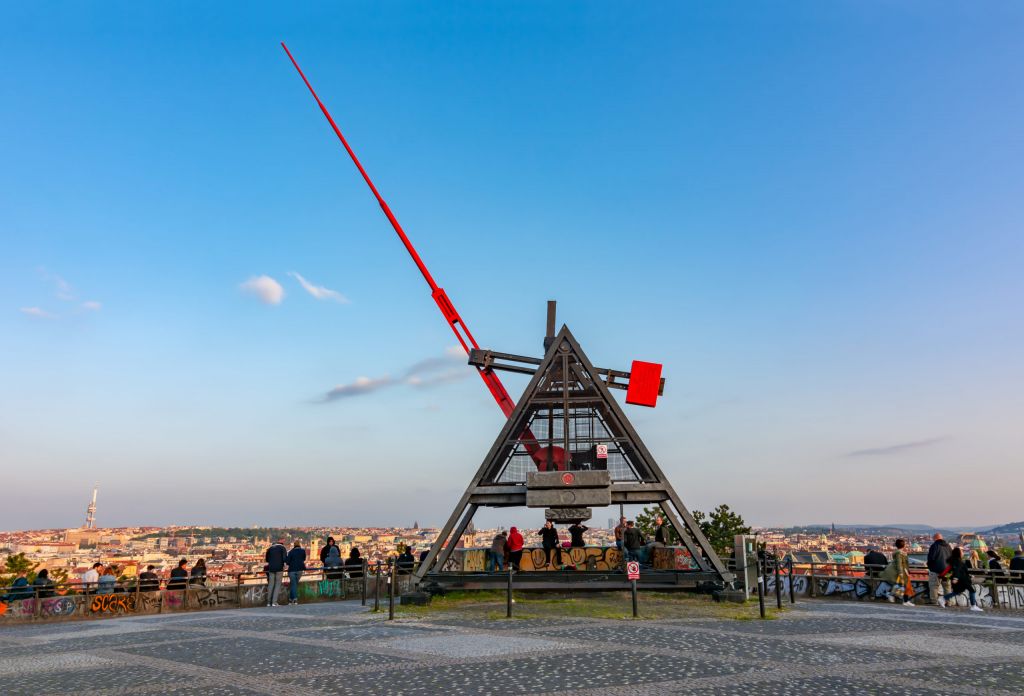
Nowadays, the area around the monument is full of people for most of the year. The place allowed us to watch the capital for hours, contemplate tiny buildings of restaurants, stores and residential houses.
Young people are also frequent visitors to the place – teenagers regularly skateboard here.
Man Hanging Out
The sculpture of hanging Sigmund Freud raises the eyebrows of many tourists. It is an unusual statue hanging from a steel mast. If we did not know about the installation, we would certainly take the sculpture for a living person.
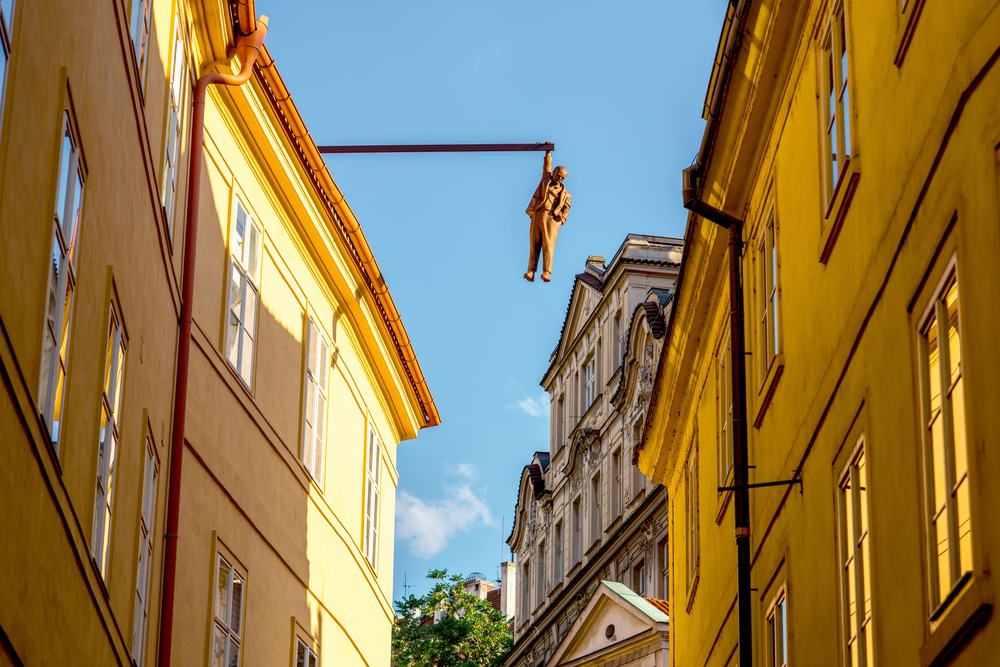
There are many interpretations of what the sculpture means. Some people even see Lenin in it. But according to the sculptor himself, the father of psychoanalysis hangs over a huge abyss, the Unconscious. This is what the psychoanalyst and psychiatrist studied throughout his whole life.
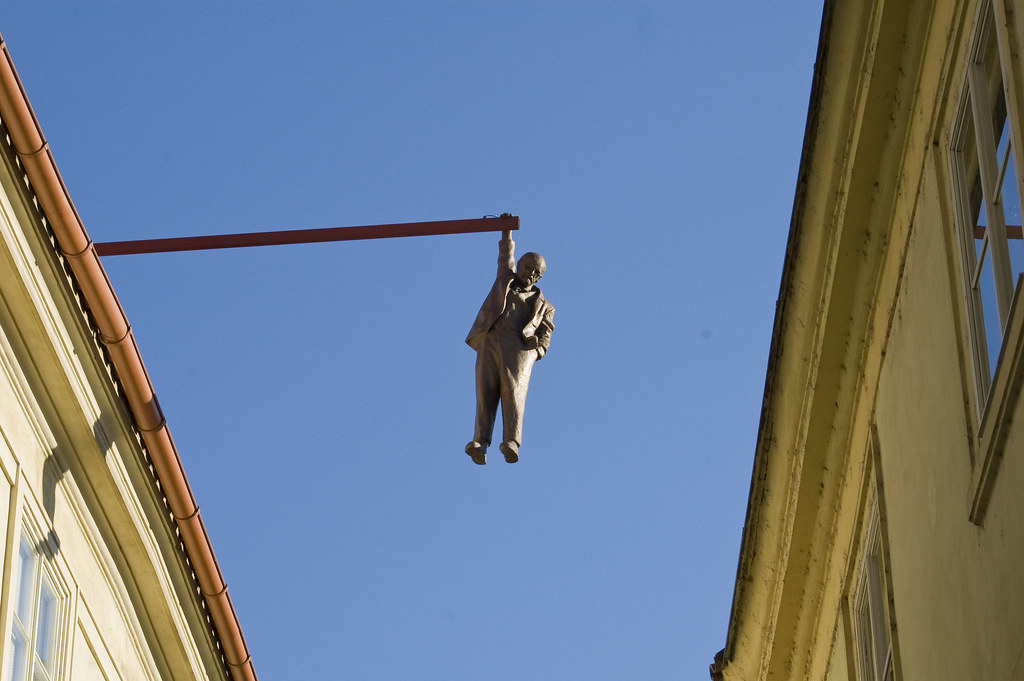
The Church of Saint Ludmila
There are many churches in Prague. Not far from our apartment, there is the Church of Saint Ludmila, a majestic church in the neo-Gothic style. We walked past it many times and could not stop admiring its fantastic appearance.
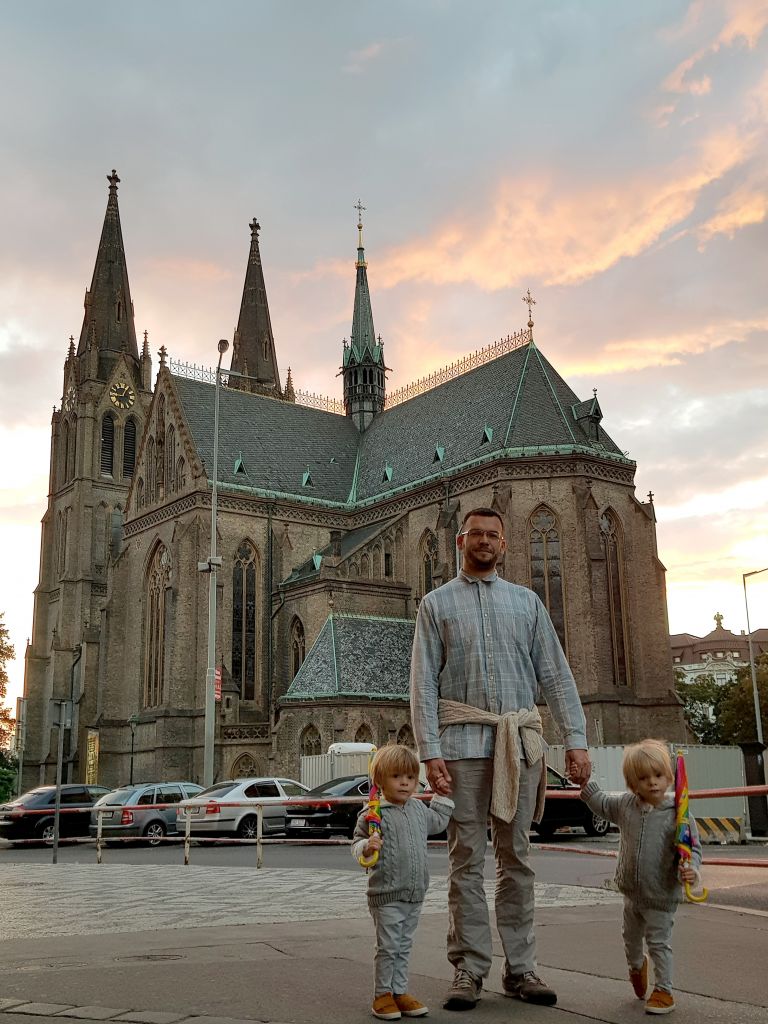
The building is a basilica in fact, both sides of which have two 60-meter towers. There are also two bells at the top of each tower.
Like many other temples, the Church of Saint Ludmila has its own interesting history. It was built in honor of the first Czech saintess, who lived back in the 9th century. She lived a righteous life, took care of the poor and the sick but suffered martyrdom from her enemies.
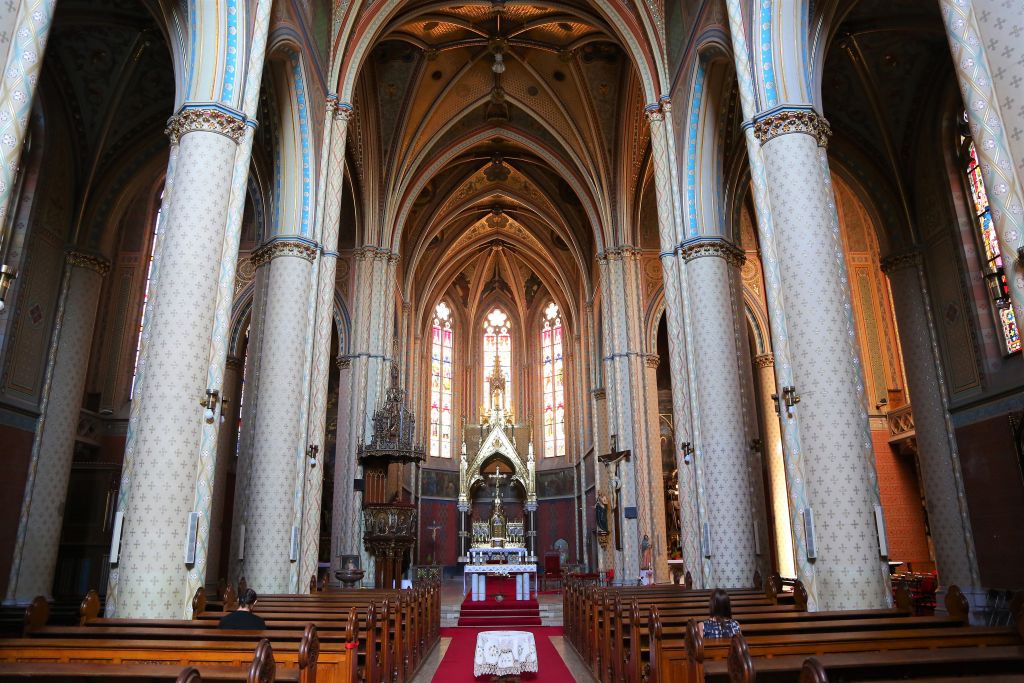
Even though the church has a somewhat gloomy exterior, it looks quite cozy inside. Elegant arches supported by solid columns, frescoes depicting saints’ lives, precious stones adorning the wooden altar, high stained-glass windows – everything here creates an environment of divinity and loftiness.
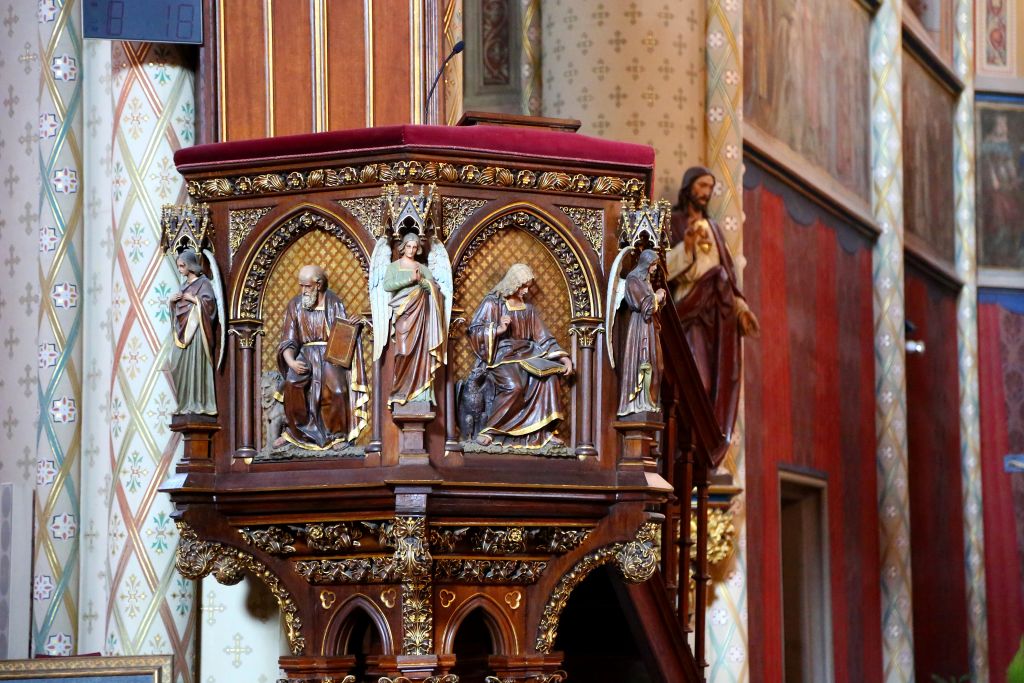
Saint Ignatius Church
Close to Charles Square, we met Saint Ignatius Church. Unlike the previous one, this temple looks more graceful: its white and pink face is decorated with many sculptures. On the top of the building, there is a statue of Ignatius himself, whose head shines a halo.
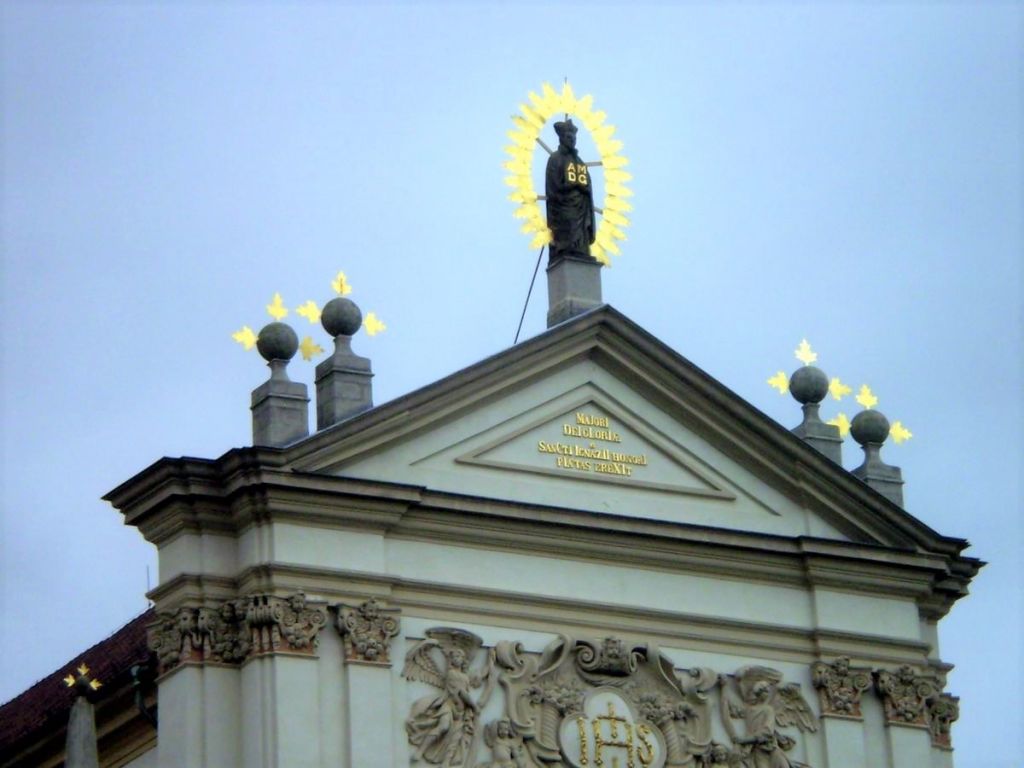
Initially, the Catholic Church criticized this architectural solution – only Jesus and the Mother of God could have halos around their heads. Over time, however, they changed their minds and decided to leave the sculpture in its initial place.
The temple looks magnificent not only from the outside but also from the inside. The interior of the building is made in the early Baroque and Rococo styles. Each part of the church is filled with picturesque images, monuments, statues, pilasters and various stucco moldings.
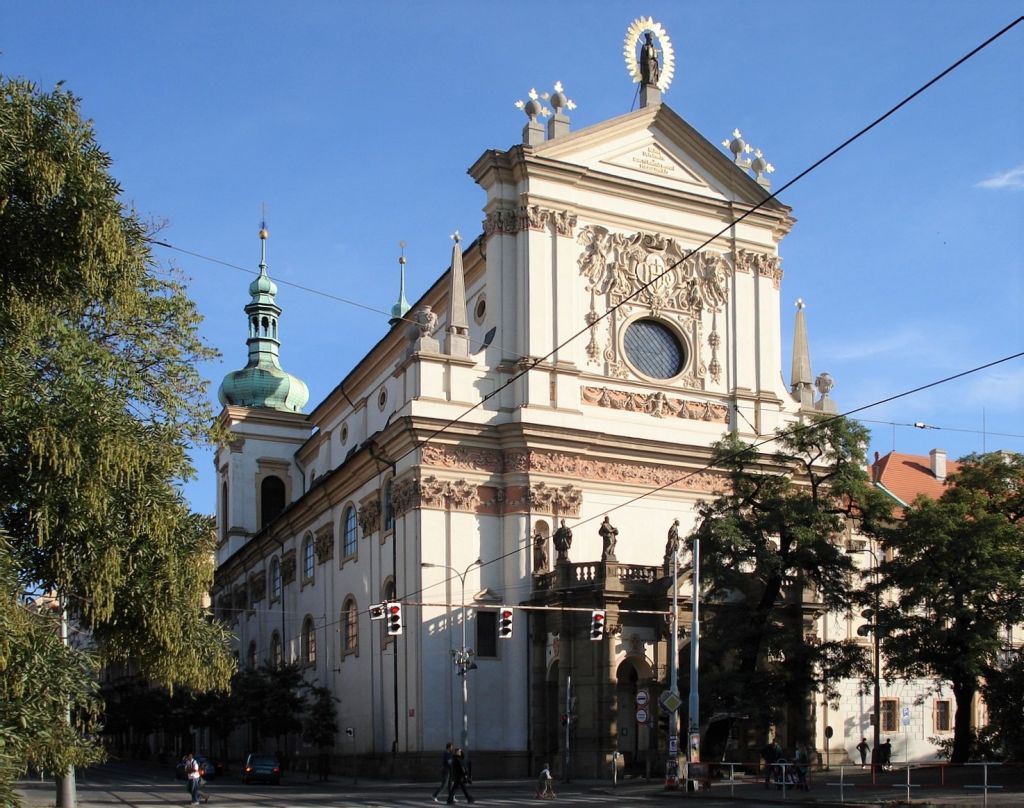
Today, the church is considered a landmark and is specially protected by the city authorities. Locals and tourists come to this place to attend divine services, as well as organ recitals.
The Church of Mother of God before Týn
The famous Church of Mother of God before Týn is visible from almost anywhere in Prague. Its pointy Gothic spires rise 80 meters above the red roofs of the surrounding buildings. This creates a sharp contrast between them and the temple.
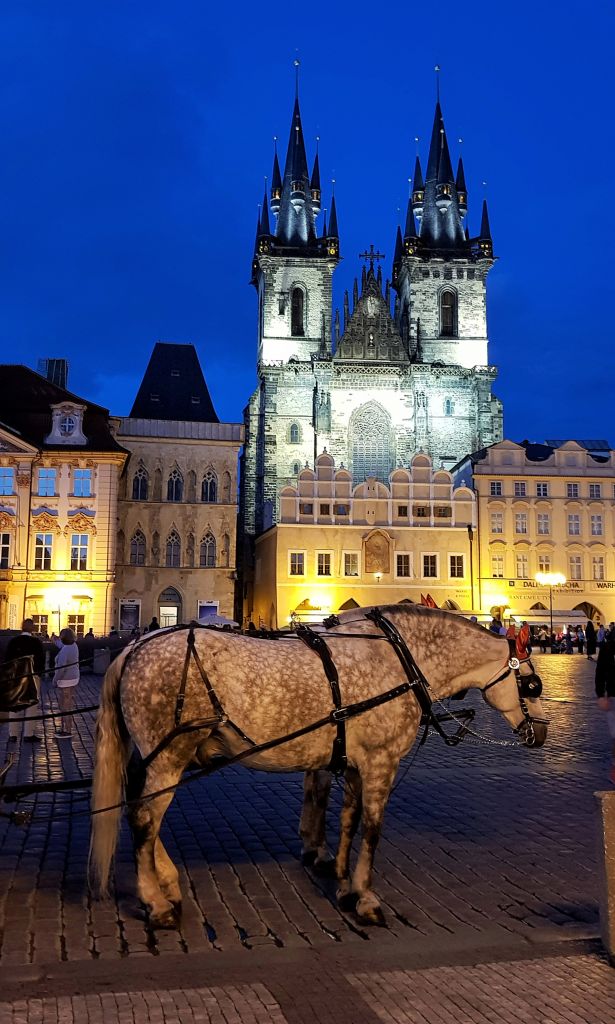
The Church before Týn is one of the oldest temples in Prague. Its foundation stone was laid in the 13th century, and its construction was completed only two centuries later.
The temple has its own unique relic – the oldest organ in Prague. It was built in the 17th century, thoroughly restored and returned to its initial “place of residence” in the temple only in 2000.
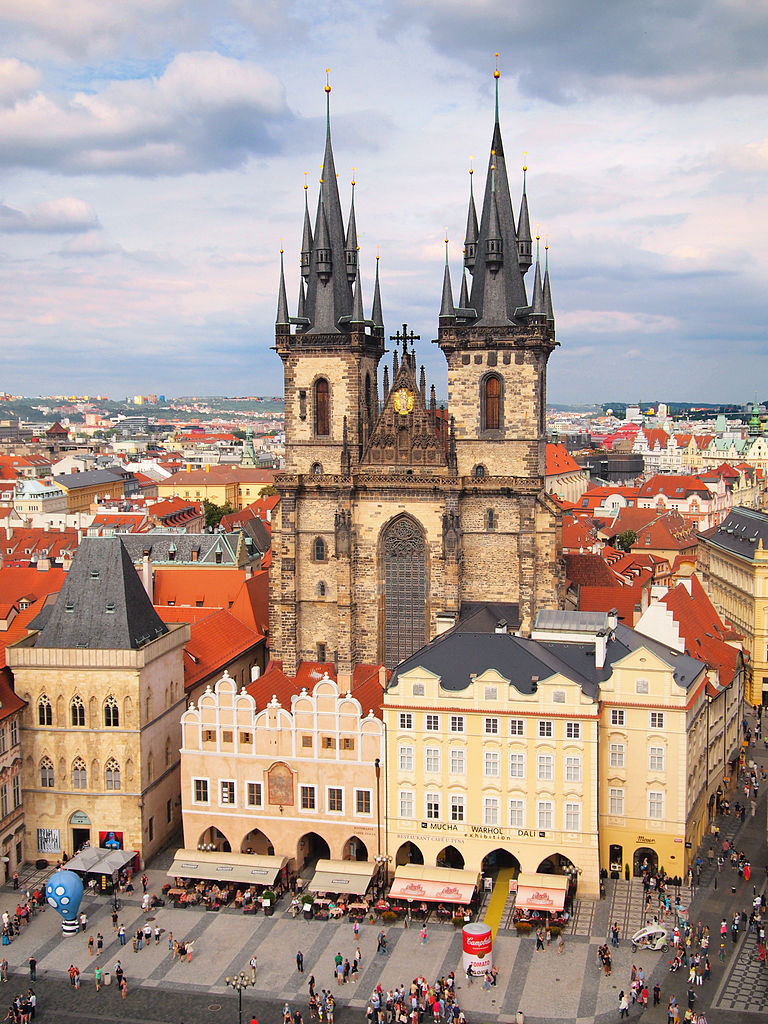


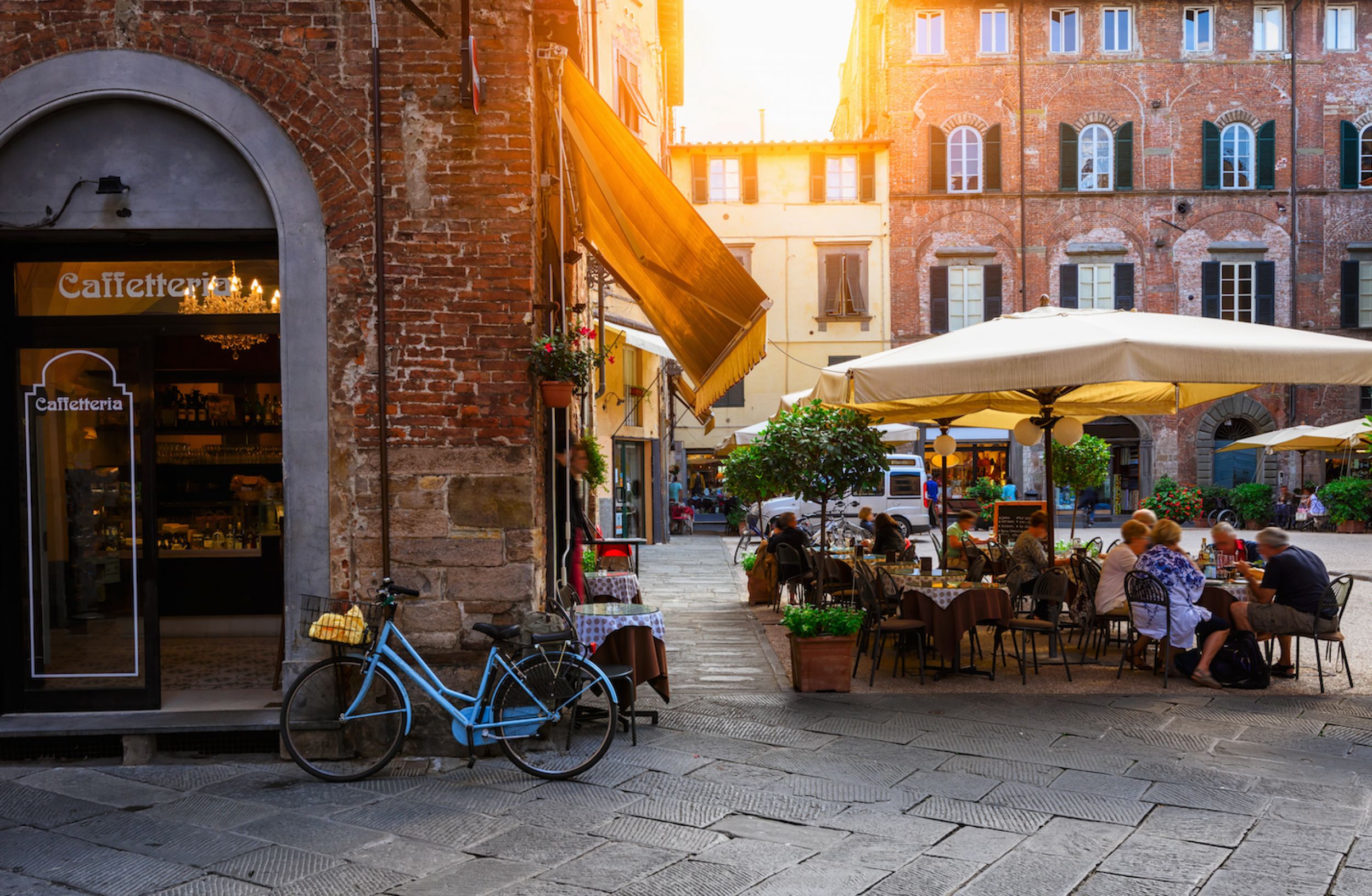
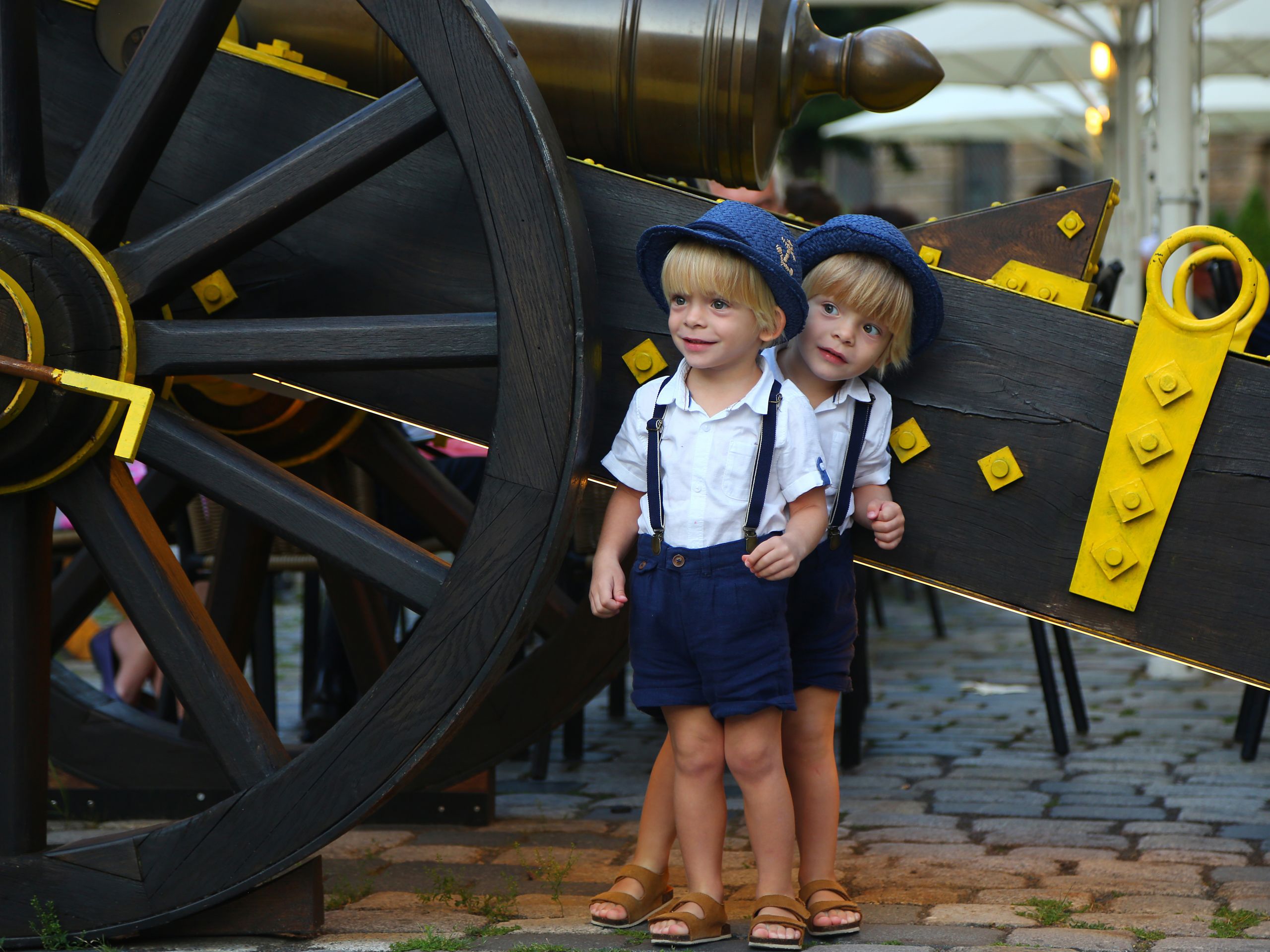

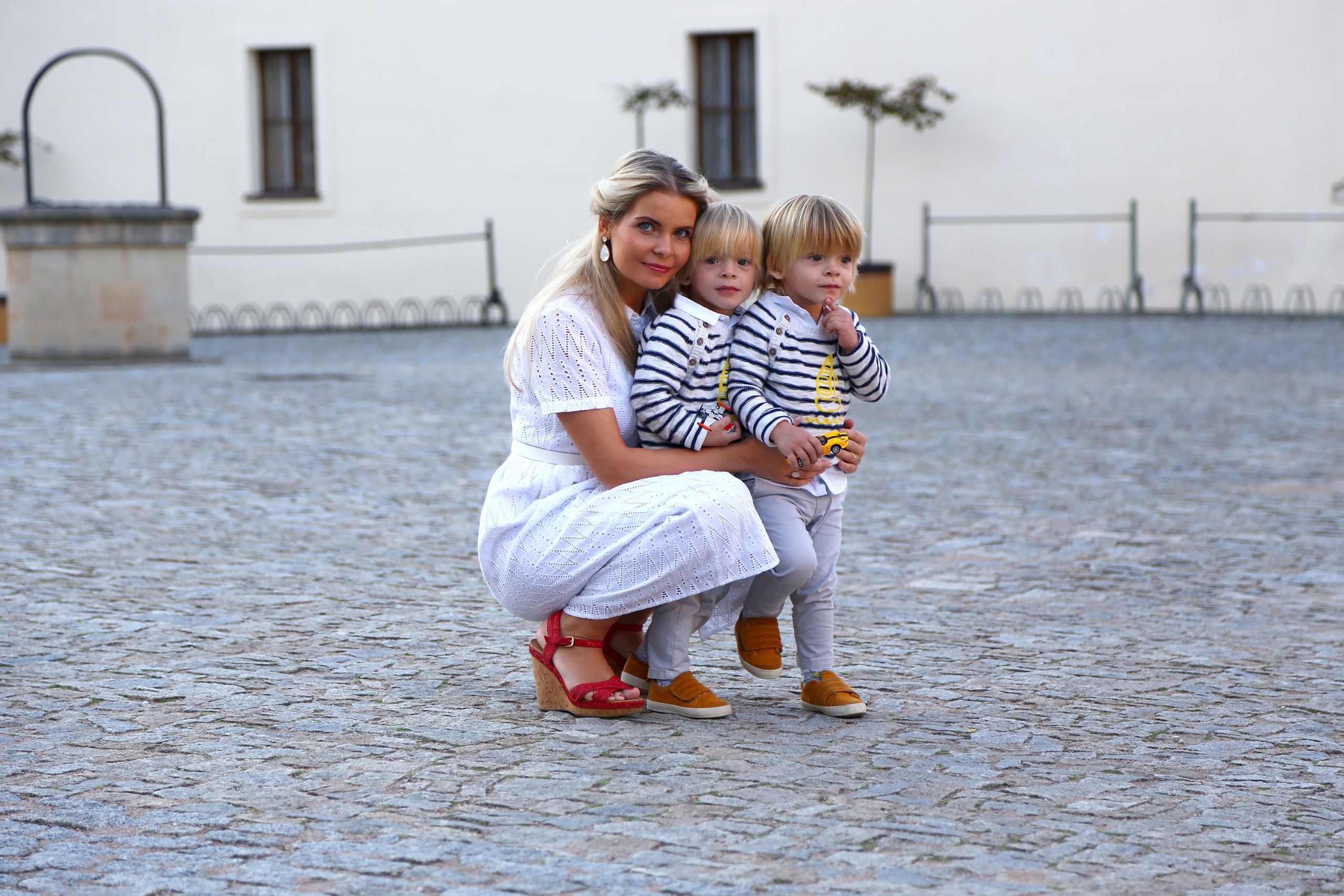
Leave A Comment